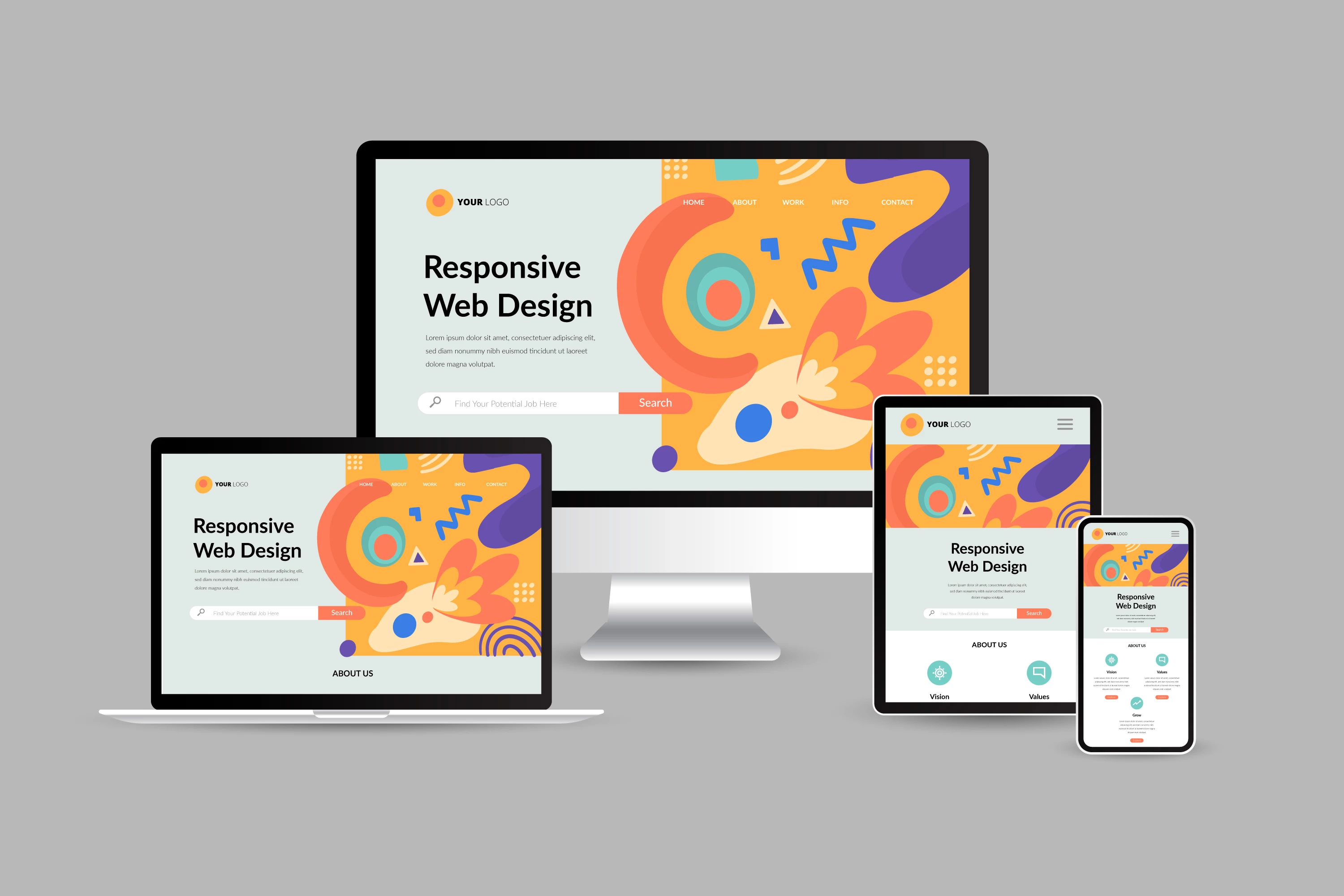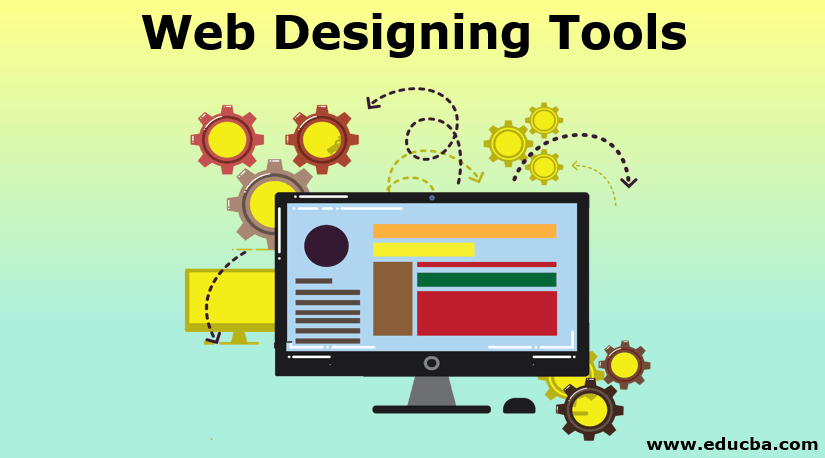Aligned Position Web Design: Professional Web Development to Maximize Your Online Impact
The Best Kinds of Web Layout to Boost User Experience and Involvement
In the ever-evolving landscape of electronic interaction, the effectiveness of Web design considerably affects individual experience and involvement. Numerous style techniques, such as minimal, receptive, and interactive formats, each deal one-of-a-kind advantages that can cater to diverse individual requirements.
Minimalist Web Layout
As electronic landscapes come to be significantly chaotic, minimal Web design has become an effective strategy to boosting customer experience. This design viewpoint prioritizes simplicity, concentrating on essential elements while getting rid of unneeded diversions. By using sufficient white space, straightforward navigating, and a restricted color palette, minimal layout promotes quality and routes individual interest to key content.
The core concept of minimal website design is to produce a smooth communication for individuals. By lowering cognitive lots, individuals can swiftly realize info without feeling bewildered. This straight strategy not only improves use however also encourages interaction, as site visitors are most likely to explore a website that is simple and aesthetically attractive to navigate.
In addition, minimalist layout usually highlights typography and imagery, using these elements purposefully to convey messages properly. This focus on crucial components can enhance brand identification and create a remarkable user experience. In significance, minimalist website design is not simply a pattern; it is a thoughtful technique that acknowledges the value of user-centered style. By removing peripheral elements, developers can create a much more engaging, effective, and enjoyable Web experience for all individuals.
Receptive Web Layout
In today's diverse electronic setting, receptive website design has actually become necessary for developing a smooth individual experience throughout a plethora of tools. As customers access websites on smartphones, desktops, laptops, and tablet computers, the capacity of an internet site to adjust its design and material to different screen sizes and resolutions is crucial.
Receptive website design utilizes versatile grids, pictures, and CSS media queries to ensure that Web content exists ideally, no matter of the gadget utilized. This approach not only boosts the aesthetic appeal of a website yet likewise substantially enhances usability. Customers are more probable to involve with a website that uses a consistent experience, as it removes the frustration of needing to zoom in or scroll excessively.
By adopting receptive design, services can enhance their visibility and reach a broader audience. In recap, responsive Web layout is a basic method that boosts user experience, interaction, and overall contentment.
Interactive Web Style
Receptive website design lays the foundation for improving customer experience, yet interactive website design takes this an action better by engaging individuals in an extra vibrant way - Aligned Position Web Design. By integrating components such as computer animations, clickable prototypes, and real-time comments, interactive Web layout captivates users, attracting them into a richer browsing experience
This method not just cultivates involvement but likewise motivates individuals to discover material proactively as opposed to passively eating it. Techniques such as gamification, where users earn benefits for completing tasks, can substantially boost the moment spent on a website and boost total satisfaction. Interactive functions can streamline complicated info, making it much more pleasurable and digestible.

Including interactive design components can also cause greater conversion rates, as individuals are more most likely to involve with a site that actively entails them. Aligned Position Web Design. Ultimately, interactive Web layout changes customer experiences into unforgettable trips, ensuring that site visitors return time after time
Apartment Layout
Characterized by its minimalistic method, level layout emphasizes simplicity and functionality, removing unnecessary aspects and concentrating on important functions. This style approach focuses on functionality, making sure that individuals can browse user interfaces easily and efficiency. By employing a clean visual, level layout removes the mess usually located in extra luxuriant check this site out designs, thereby enhancing user emphasis on web content and performance.
The characteristic of level style hinges on its use bold shades, basic typography, and geometric shapes. These elements add to an aesthetically attractive interface that is both contemporary and approachable. Furthermore, flat layout cultivates a feeling of clearness, allowing customers to determine necessary actions and information without distraction.
In addition, flat layout is especially reliable in receptive Web design, as its simpleness converts well across different tools and screen sizes. By concentrating on vital attributes, level design not only satisfies customer needs but likewise urges seamless interaction, making it an important part of reliable Web design techniques.
Adaptive Web Layout
Flexible Web layout personalizes the individual experience by developing numerous fixed layouts tailored to different screen dimensions and gadgets. Unlike responsive design, which fluidly adjusts a single layout, adaptive design employs unique designs for certain breakpoints, guaranteeing optimal presentation on different systems. This strategy permits developers to concentrate on the one-of-a-kind characteristics of each tool, boosting use by supplying specifically what customers require based upon their context.
One of the primary advantages of adaptive website design straight from the source is its capacity to maximize lots times and performance. By offering tailored material and pictures that fit the user's device, web sites can reduce data usage and improve loading rates. This is specifically valuable for users with slower connections or minimal information plans.

In addition, adaptive style facilitates a much more regular and regulated branding experience. Because developers create several formats, they can ensure that the visual components align with the brand name's identification across different systems - Aligned Position Web Design. This causes a cohesive individual experience, boosting engagement and advertising customer retention
Conclusion
In final thought, the assimilation of minimal, responsive, and interactive website design principles substantially boosts user experience and engagement. Minimalist style promotes quality and focus, while responsive design makes sure flexibility throughout numerous devices, promoting ease of access. Interactive style mesmerizes customers via vibrant components, urging exploration and customization. Jointly, these style comes close to add to the creation of straightforward environments that not only improve contentment but additionally drive higher conversion prices, highlighting their Read More Here important importance in contemporary Web style approaches.

Minimalist style promotes clarity and focus, while responsive style makes certain flexibility across various devices, advertising accessibility. Collectively, these design approaches contribute to the creation of user-friendly atmospheres that not only improve contentment yet likewise drive greater conversion prices, highlighting their essential relevance in contemporary Web style methods.